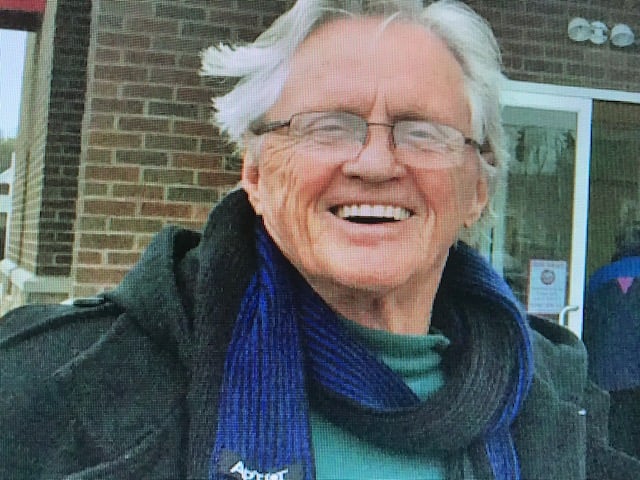By Berry Craig
NKyTribune columnist
A farmer said to be the Revolutionary War’s youngest drummer boy is buried on a remote Trigg County hilltop in Land Between The Lakes.
Nathan Futrell’s grave is evidently not a top tourist attraction in the popular 170,000-acre national recreation area in western Kentucky and Tennessee.
Futrell rests for eternity in his family cemetery, close to Wranglers Campground. A state historical marker next to a road less traveled tells about Futrell. At age 7, he was “reputed to be the youngest drummer boy in the War of the Revolution,” the sign says.
A short path from the two-lane blacktop leads visitors to the Futrell Cemetery.
In 1829, Charity Futrell swore an affidavit that her “Consorte Nathan Futrell served as a drummer player in the North Carolina Militia during the Revolut. at age 7 years.”
According to Margaret Ballard Futrell of Hopkinsville, “his tenure of duty was probably short lived because of his age and because he was attached to a militia group.”

Writing in a 1967 issue of The Filson Club History Quarterly, Futrell added that “with the exception of his military career, nothing is known of Nathan’s early life.” He was an ancestor of Roger H. Futrell, Margaret Futrell’s husband.
She also wrote that the Sons of the American Revolution hailed her spouse’s forbear “as a ‘recognized patriot, drummer boy,’” from the North Carolina frontier whose “patriotic service” merited recognition.
The Futrells were among the earliest settlers of western Kentucky. Nathan and Charity married in North Carolina in 1798, according to Margaret Futrell. A year later, they trekked across the Appalachian Mountains with their infant daughter, Catherine, and homesteaded in Christian County, Trigg’s eastern neighbor.
In 1820, they settled on 2,000 acres in Trigg County. Nathan died in 1829 at age 56. His widow opened a tavern in the Futrell cabin, selling drinks to thirsty workers at the Laura Iron Furnace nearby.
“Nathan Futrell was a farmer, surveyor, election officer and, according to Perrin’s History of Trigg County, a pioneer pomologist—having planted the first apple orchard in Trigg County,” Futrell wrote. “He erected one of the earliest primitive grist mills in Trigg County.”
The couple reared nine children. The grandson of one of their offspring was Junius Marion Futrell, governor of Arkansas from 1933 to 1937.
Charity Futrell died in 1872 at age 95 and was buried next to her spouse. They lived in a cabin down the hill from the family plot, which is surrounded by a rail fence.
“DRUMMER BOY N.C MILITIA AMERICAN REVOLUTION” is chiseled on the couple’s joint tombstone of 20th century vintage.
Next to it is a smaller stone block with a weathered bronze plaque commemorating Futrell as a “REVOLUTIONARY SOLDIER.” A little 50-star U.S. flag, a tad faded by the elements, leans against the marker which the Kentucky State Daughters of the American Revolution sponsored.
Berry Craig of Mayfield is a professor emeritus of history from West Kentucky Community and Technical College in Paducah and the author of five books on Kentucky history, including True Tales of Old-Time Kentucky Politics: Bombast, Bourbon and Burgoo and Kentucky Confederates: Secession, Civil War, and the Jackson Purchase. Reach him at bcraig8960@gmail.com






















